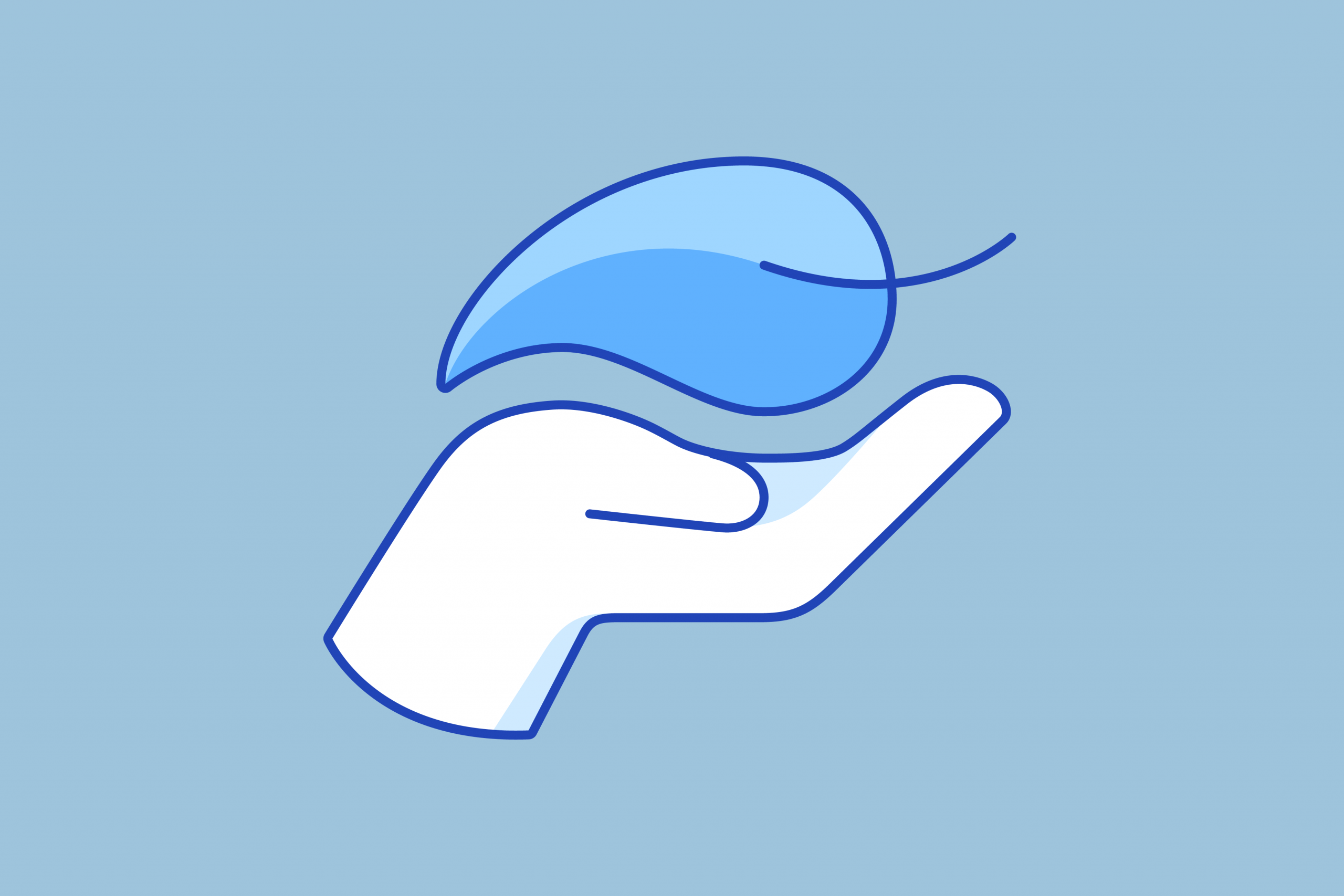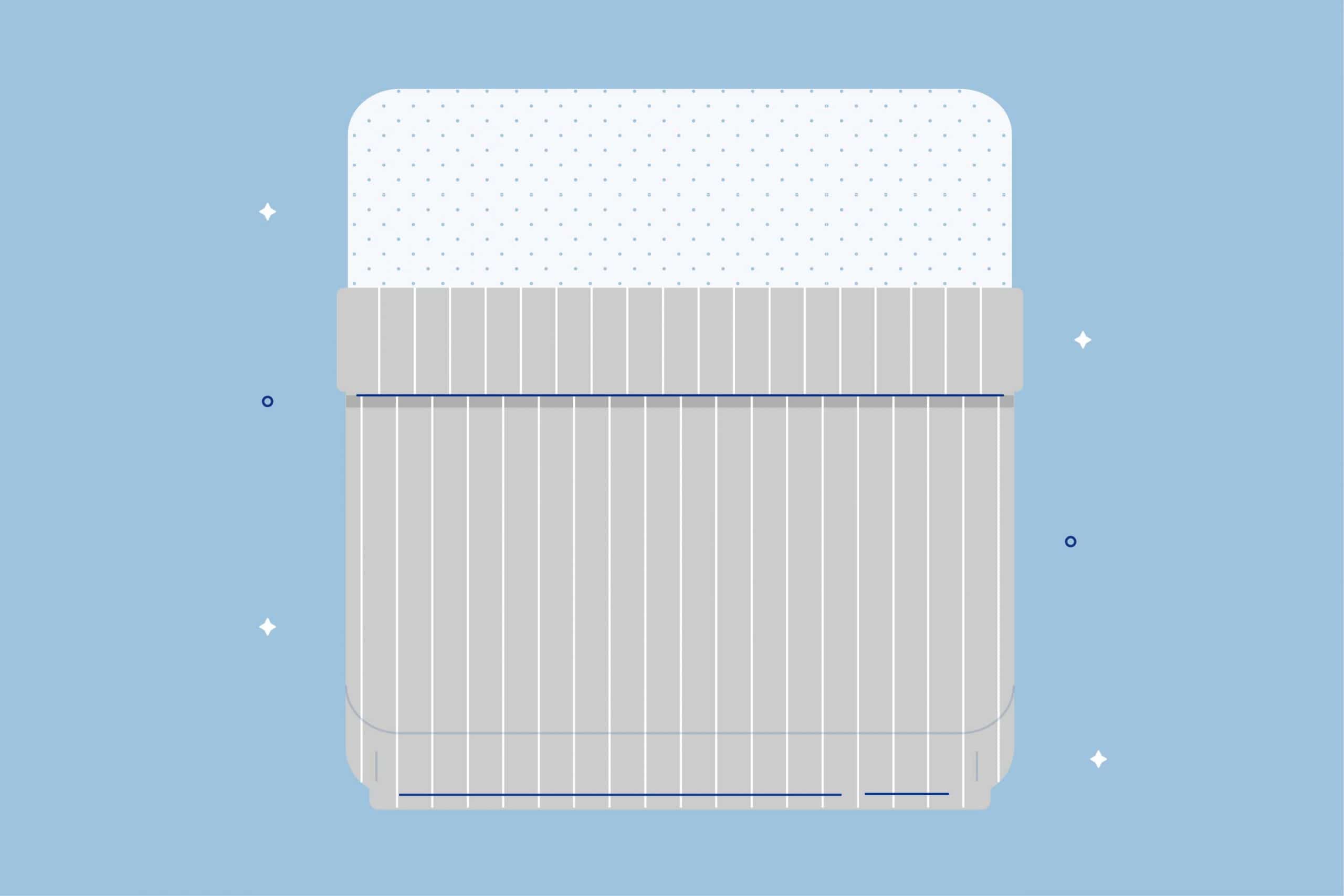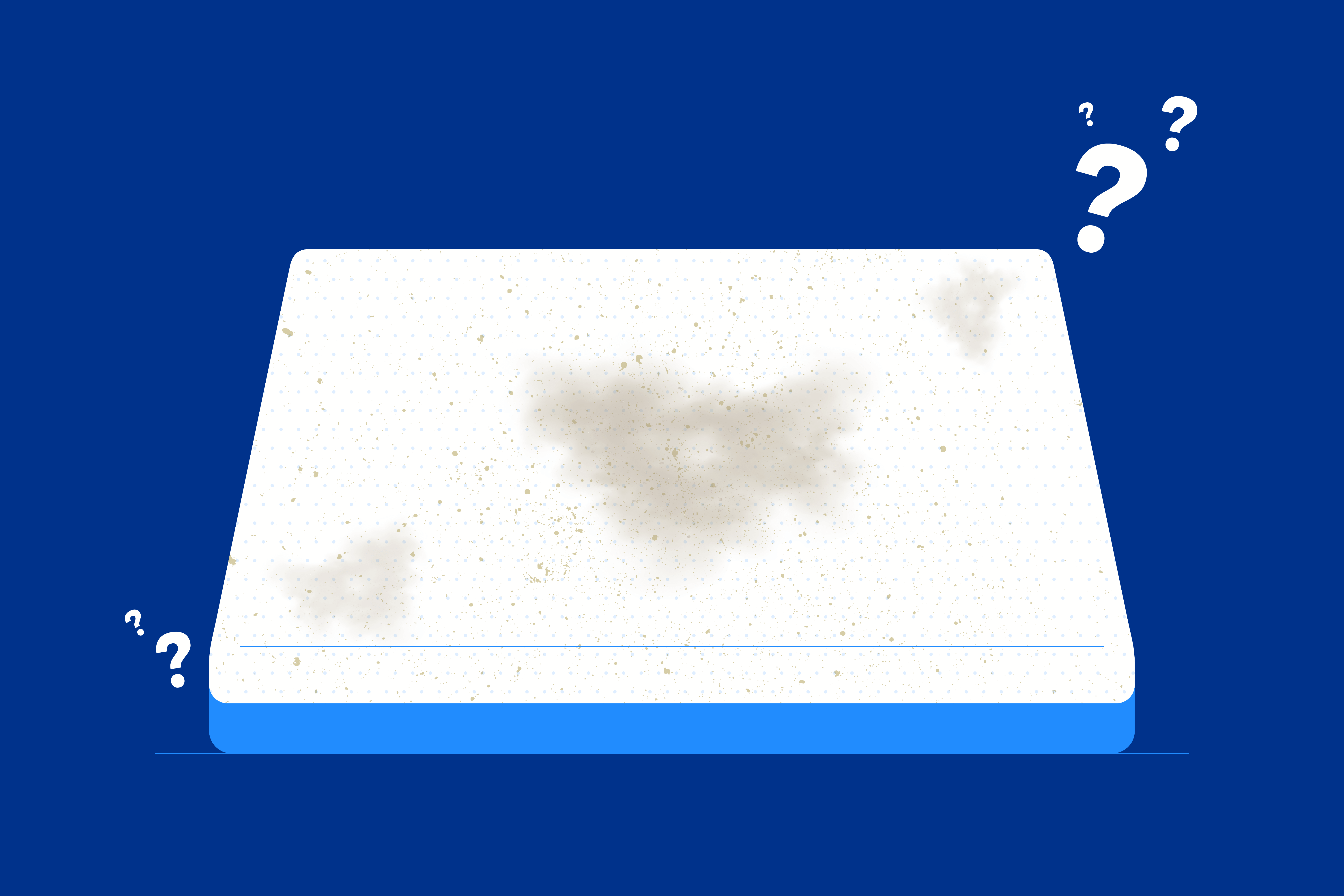Key Takeaways
- Matelasse’s Historical Significance: Matelasse, rooted in 18th-century France, specifically in Marseilles, has a rich history tied to the intricate whitework quilting of fashionable women’s clothing. The innovation of weaving techniques, particularly by Robert Elsden in the 1740s, led to the development of matelasse fabric, which mimics the quilted look without the need for traditional stitching or padding.
- Matelasse vs. Quilts Distinctions: While matelasse imitates the appearance of quilts, it differs significantly. Matelasse achieves its quilted look through a single layer of fabric and lacks the thickness associated with quilts. This distinction makes matelasse a lighter alternative, suitable for various home décor applications such as coverlets, shams, blankets, and curtains.
- Pros and Cons of Matelasse: Matelasse offers versatility and an artisanal look, seamlessly complementing a range of bedroom styles. Its lightweight nature and single-layer fabric make it adaptable, allowing it to go under or over duvets without trapping heat. However, it may not provide as much warmth as traditional quilts, and some individuals may find the puffy texture less preferable against their skin.
Matelasse fabric, with its textured woven material, cleverly replicates the look of quilting without the need for stitches or padding. Rooted in 18th-century France, matelasse, also known as Marseilles quilting, has endured as a favored option for refined bedding and contemporary home décor.
The compound weave structure intricately woven into the fabric generates a padded, dimensional texture, enhancing a range of items from coverlets to curtains.
What Is Matelasse Fabric?
Matelasse falls into the category of figured woven fabric, utilizing an intricate weave structure with multiple interlocking warp and weft threads. The woven quilting technique, known as figured fabric or matelassé fabric, results in a puffy, padded appearance without the need for actual stitching or batting between layers, characteristic of a traditional quilt.
This fabric typically involves 3-4 sets of threads, including some thicker “puff” yarns that create the quilted look after washing. Other types of weaves you may have heard of for bedding include sateen and percale.
While cotton is the primary fiber, matelasse may also incorporate silk, wool, linen, or other fabrics. Read more about the differences between cotton and linen.
History of Matelasse
Matelasse has its roots in early 18th-century France, particularly in the city of Marseilles, celebrated for its intricate whitework quilting featured in fashionable women’s clothing of the time. British weavers, inspired by these luxurious textiles, sought to replicate them, leading to advancements in loom weaving techniques.
In the 1740s, Robert Elsden innovated a method that produced a similar quilted appearance through weaving, rather than relying on stitching, resulting in a fabric with quilting stitches and a distinctive three-dimensional and puckered appearance.
During the thriving Rococo movement in the mid-1740s, these materials were mainly used for women’s clothing. The British, inspired by the elaborate Provençal textiles, sought a way to produce them in England.
In response, Robert Elsden invented a technique to replicate the quilted appearance of Marseilles whitework using a loom. The British named the resulting fabric “Marseilles cloth,” but the French later renamed it to a french word called “matelassé” after their word for quilting.
Commercial production of matelasse began in Britain in the 1760s under the name “Marseilles cloth.” To distinguish their hand-quilting craft, France embraced the term “matelasse,” meaning “to quilt.” The introduction of the Jacquard loom in France in 1801 significantly enhanced the efficiency of matelasse production.
Nowadays, computerized Jacquard looms play a crucial role in producing matelasse, allowing for intricate patterns. Matelasse, known for its three-dimensional appearance, is crafted with multiple warp and weft yarns, often incorporating cotton yarns for a touch of extra warmth, maintaining the essence of hand-quilted fabrics in a modern production setting.
Matelasse vs Quilts
Matelasse imitates the appearance of quilts, but they have some important distinctions. Unlike quilts, matelasse coverlets are thinner. Quilts are crafted from multiple layers of fabric, including a decorative top layer, a lightweight middle layer for padding, and a bottom layer made of coarse cotton yarns. All three layers of a quilt are stitched together, making it thicker.
In contrast, matelasse achieves its padded look using only a single layer of fabric. Matelasse serves as a lighter alternative to quilts because it lacks the batting found between the layers of fabric.
Another difference lies in the size of quilts and matelasse coverlets. Quilts are usually designed to cover the entire bed and drape down to the floor on each side. On the other hand, matelasse coverlets are smaller, reaching only about halfway to the floor.
Pros and Cons of Matelasse
Experience the various advantages of matelasse as a home textile. To infuse texture into your bedroom decor, opt for a matelasse coverlet or some matelasse shams.
Matelasse proves to be remarkably adaptable. Its lightweight nature, with a single layer of fabric, allows it to go under or over the duvet without trapping heat and causing discomfort.
Embrace the high-end artisanal look of matelasse in your bedroom decor, seamlessly complementing a range of bedroom styles.
However, it’s worth noting that matelasse doesn’t offer as much warmth as traditional quilts. Some sleepers may not appreciate the sensation of the puffy fabric against their skin, or they might find the quilted appearance of matelasse too traditional for their personal taste or bedroom aesthetic.
Uses and Applications
While matelasse first gained esteem in apparel, it is now heavily employed in home décor and bedding. Matelasse lends texture and sophistication to products like:
- Shams
- Throws and blankets
- Bed skirts
- Coverlets
- Pillows
- Curtains
Its suitability for an array of styles makes it versatile in both traditional and contemporary settings. Matelasse can also grace coats, pants, and specialty garments, accentuating a quilted appearance.
Care and Maintenance
Always refer to individual fabric care instructions, as each matelasse textile varies. Cotton matelasse can typically be machine-washed and tumble-dried on low heat at home. In fact, the tumble-drying process enhances the quilting texture and puffiness of the fabric over time.
Matelasse resists wrinkles nicely thanks to its dimensional woven structure, so you don’t have to necessarily iron the sheets and bedding to maintain a crisp look.
Just take care to launder in warm water and avoid overly hot drying to prevent shrinkage and damage. With proper diligence and following the laundry care and washing symbol instructions, matelasse will retain its beauty and remain soft for many years.
FAQs
What is the difference between quilt and matelassé?
Matelassé is a fabric with a raised, quilted or padded design, often mimicking the appearance of hand-stitched quilting. While traditional quilts can be made of various materials and are stitched through multiple layers, matelassé refers more to the textured pattern created during the weaving or knitting process.
In essence, a quilt is a type of bedding made by stitching together layers of fabric and filling, while matelassé is a specific weaving or stitching technique resulting in a raised, textured surface.
Is matelassé durable?
Matelassé fabrics are generally durable due to their tight weave and raised pattern. The thickness and quality of the material contribute to its resistance against wear and tear. While specific durability can vary depending on the fabric used, matelassé is often chosen for its longevity and ability to withstand regular use.
What is the difference between a coverlet and a matelassé?
A coverlet is a lightweight bedspread or blanket that typically covers the mattress but does not touch the floor. On the other hand, matelassé refers to a specific fabric or weaving technique, which can be used to create coverlets.
In essence, a coverlet is a type of bed covering, and matelassé is a method to produce textured, quilt-like fabrics, which can include a matelasse coverlet. Therefore, a coverlet can be matelassé, but not all matelassé fabrics are coverlets.
What does matelassé look like?
Matelassé has a distinctive appearance with a raised, textured pattern. The design often mimics quilted stitching, creating a luxurious and visually interesting surface. The patterns can vary widely, ranging from classic geometric shapes to intricate floral or paisley designs.
The overall aesthetic is elegant and adds a touch of sophistication to bedding or upholstery.
Does matelassé shrink?
Matelassé fabrics may experience minimal shrinkage, especially if they are made from natural fibers like cotton. To minimize the risk of shrinkage, it’s advisable to follow the care instructions provided by the manufacturer. Washing in cold water and avoiding high heat during drying can help preserve the size and structure of matelassé textiles.
Conclusion
What makes matelasse so captivating centuries after its advent? The mesmerizing interplay of warp and weft generates an enticing texture and depth, evoking quilting’s cozy charms through weaving’s efficiency.
Matelasse’s suitability for bedding and apparel also attests to its comforting hand feel and durability. You can see it in coverlets, bed shams, blankets, bed skirts, and pillows.
For consumers, matelasse offers the best of both worlds—the sophistication of a French jacquard weave with everyday versatility. Its stylish design, easy care, and longevity give matelasse enduring appeal across generations
About the author
Geoff McKinnen is a writer focusing mainly on the healthcare industry and has written articles on everything from foods to help you lose weight to the connection between Alzheimer’s and sleep. Geoff’s passionate about helping readers improve their well-being to lead happier lives. Outside of work, Geoff enjoys cycling and hiking and believes that by leading a healthy lifestyle, he can help others do the same.
View all posts





